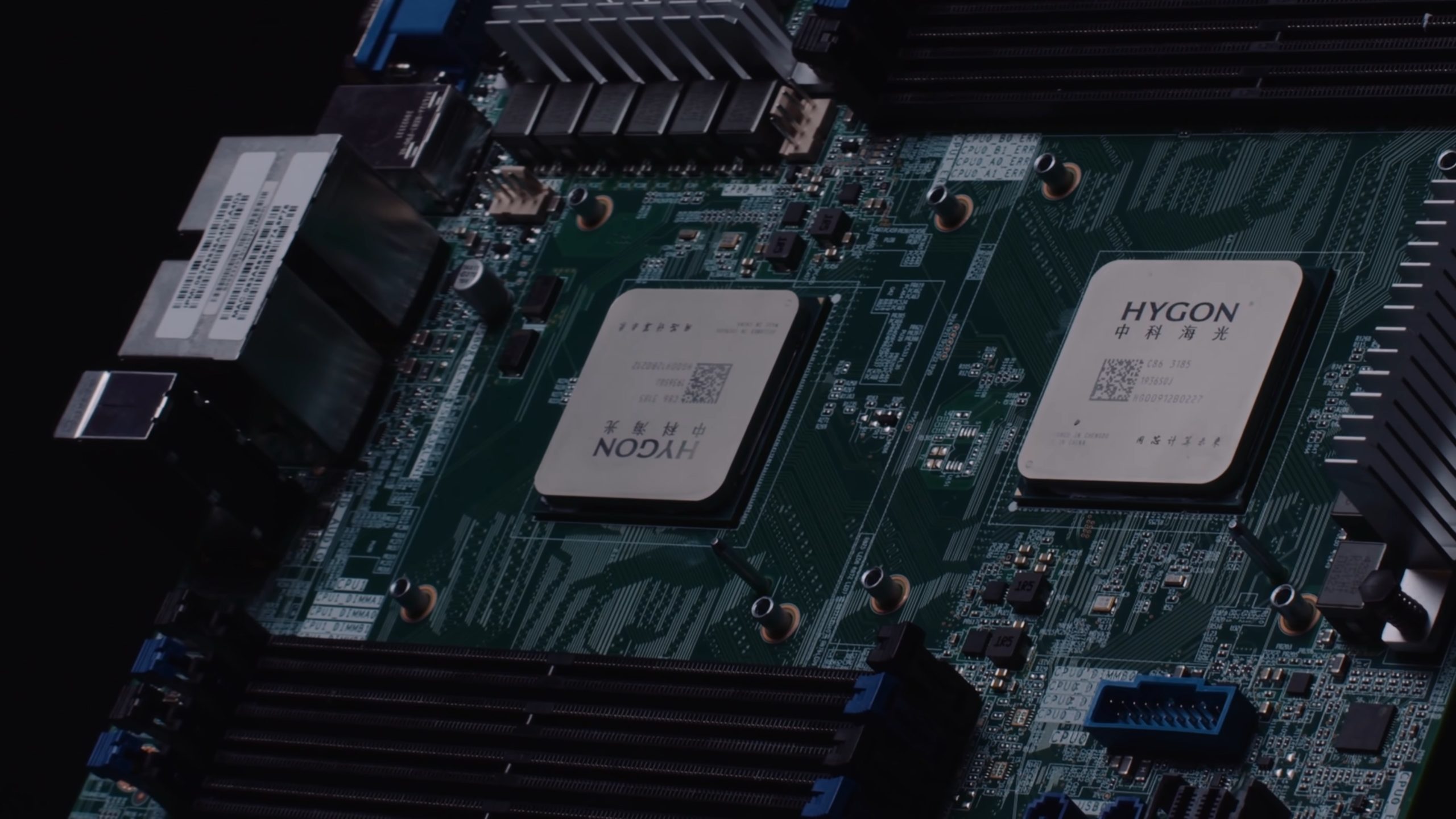A new 16-core processor from Hygon—a fabless chip maker in China that uses AMD’s first-gen Zen IP—has popped up on Geekbench. It offers 60% better performance than a similar eight-core Hygon processor we covered in the past. The performance bump isn’t substantial when you consider the chip has twice the number of cores, but since the manufacturer is stuck on a now seven-year-old architecture—Zen 1—there isn’t much that can be achieved apart from increasing core counts.
Looking at the Geekbench listing, the chip was benchmarked using the Hygon XHVTBST board under the openKylin 2.0 Operating System (based on Linux). The CPU is named Hygon C86-4G – alternatively dubbed C86 3490 – a step higher than the eight-core C86 3350 – belonging to the same Hygon C86-3000 family. The CPU offered a rather low base frequency of 2.8 GHz and was equipped with around 32GB of RAM. Since an older release of Geekbench was used for this benchmark, we’ve listed a few other x86 CPUs running the same version for comparison.
Packed with 16 cores and 32 threads, the Hygon C86-4G is a direct contender to the Ryzen Threadripper 1950X, and the performance delta isn’t far off from what you’d expect. The abysmally low single-core score of 1073 points puts it on par with older Haswell and Skylake processors. In the multi-threaded department, it bodes fairly well at 8811 points as it inches ever so close to the Zen 1-based Threadripper 1950X. Still, modern-day CPUs such as the Ryzen 5 5600 (Zen 3) put it to shame with less than half the cores.
Swipe to scroll horizontally
US sanctions have barred chip makers from exporting high-performance devices to China and this is likely the reason we haven’t seen a Hygon chip with Zen+ or a newer design. Likewise, scaling has not improved at all since 2021 when two C86 3185 chips (16 cores in total) were needed to beat one Ryzen 5 5600X. Reports suggest that the chip maker has found a way to allegedly port the Zen 1 architecture to AMD’s latest SP5 socket for more I/O and better compatibility.
Besides that, Zen 2 was the defining architecture that introduced a paradigm shift in AMD’s design philosophy as the company shifted to MCM – decoupling I/O and CPU cores into separate chiplets. So there is still a lot of headroom left for these chips. However, since Hygon relies completely on AMD’s design, the pathway for future releases of these chips is narrowing.
